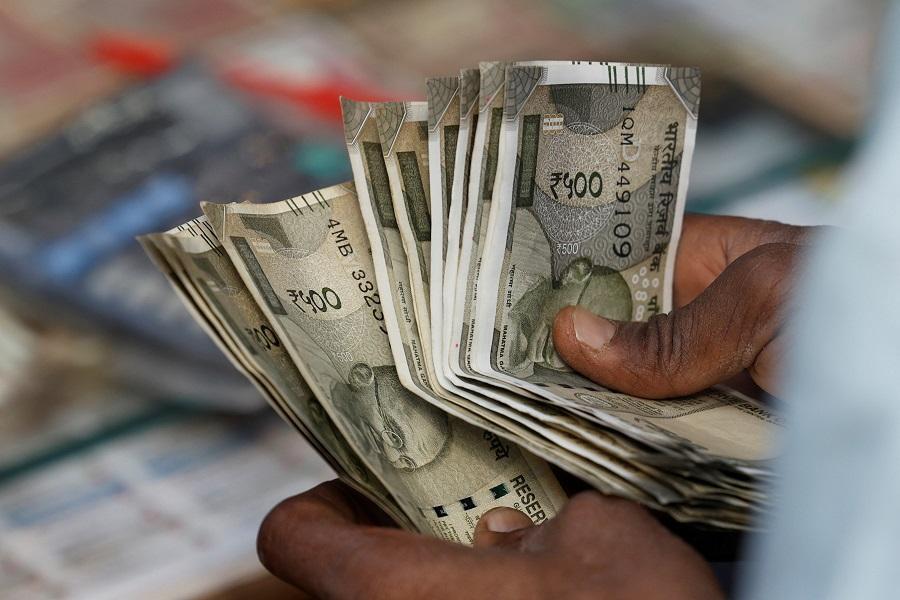
Rupee Set to Open Weaker as Trump Threatens 25% Tariff on Exports
The Indian rupee is expected to open weaker on Thursday after US President Donald Trump threatened to impose a 25% tariff on Indian exports, despite ongoing talks between the two nations. The threat has sent shockwaves through the Indian financial markets, with traders anticipating a decline in the value of the rupee.
According to sources, the 1-month NDF (non-deliverable forward) is suggesting an opening range of 87.66-87.69 for the rupee against the US dollar, which is a significant decline from its previous level of 87.42. This has sparked concerns among traders and investors that the rupee may be heading towards its record low of 87.95.
The Reserve Bank of India (RBI), India’s central bank, may intervene to stabilize the currency, according to market analysts. The RBI has been actively managing the rupee in recent months, using various tools to curb its decline. However, the threat of a 25% tariff on Indian exports has added a new layer of complexity to the situation.
Trump’s threat to impose a tariff on Indian exports is a significant development, as it has the potential to disrupt India’s economy, which is already facing challenges. India is one of the largest importers of US goods, and a tariff on Indian exports would have a significant impact on the country’s trade balance.
The tariff threat is also seen as a retaliatory move by the US government, which is upset over India’s recent decision to impose restrictions on American goods, including almonds and apples. The US has also been critical of India’s high tariffs on certain American products, including Harley-Davidson motorcycles and whiskey.
India’s export sector is a major contributor to the country’s economy, and a 25% tariff on Indian exports would have a significant impact on the sector’s growth. The sector has already been facing challenges due to a decline in global trade and a slowdown in the global economy.
The RBI has been actively monitoring the situation and has taken steps to stabilize the rupee. In recent months, the central bank has been using various tools, including selling dollars in the spot market and intervening in the foreign exchange market, to curb the rupee’s decline.
However, the RBI’s efforts may be insufficient to stabilize the currency, given the magnitude of the threat posed by Trump’s tariff threat. The central bank may need to take more drastic measures to stabilize the rupee, including raising interest rates or intervening in the foreign exchange market more aggressively.
The impact of Trump’s tariff threat on the rupee is not limited to the currency’s value alone. The threat also has implications for India’s economy, including inflation, growth, and employment. A 25% tariff on Indian exports would increase the cost of imports, which could lead to inflation and reduce the purchasing power of consumers.
The threat also has implications for India’s growth prospects, as a decline in exports would reduce the country’s economic growth rate. India’s economy has been facing challenges in recent months, including a slowdown in growth and a decline in exports. A 25% tariff on Indian exports would only exacerbate the situation.
In conclusion, the rupee is likely to open weaker on Thursday after Trump’s threat to impose a 25% tariff on Indian exports. The RBI may intervene to stabilize the currency, but the central bank’s efforts may be insufficient to mitigate the impact of the tariff threat. The situation highlights the need for India to diversify its trade partners and reduce its dependence on the US market.






